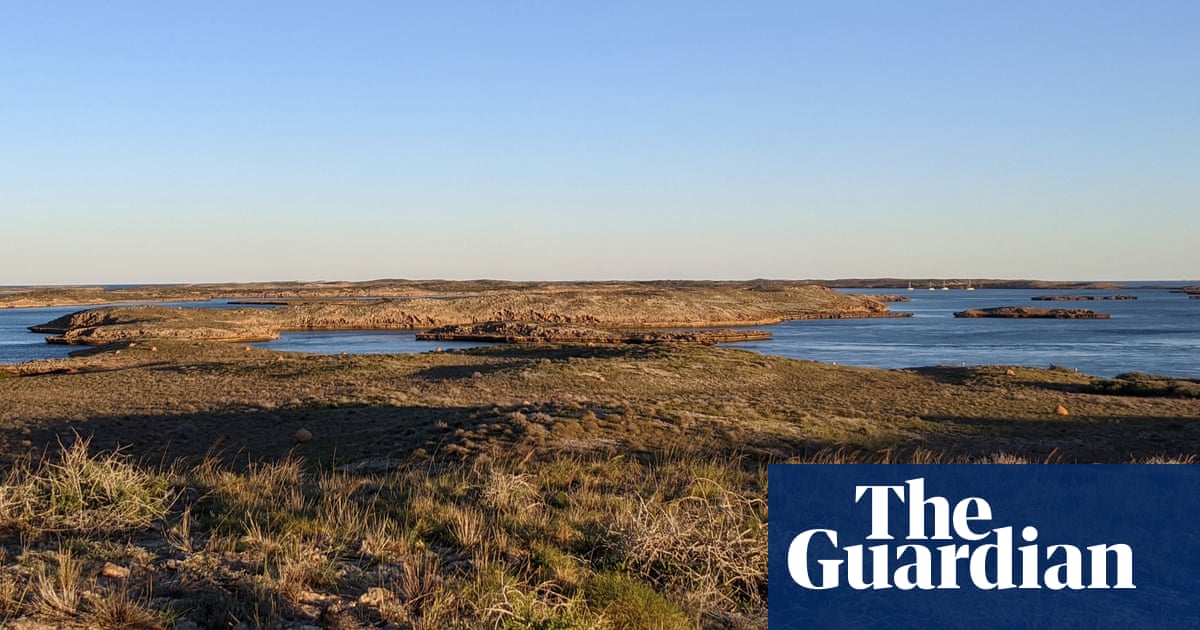Samples of marine sediment taken from the location of three 1950s British government nuclear bomb tests off the coast ofWestern Australiahave revealed plutonium levels up to 4,500 times higher than the rest of the coastline.
Sixty six samples were taken from the shallow waters at the Montebello Islands, and scientists are now working to understand how marine life may be being affected by the sediment.
The British government performed three nuclear tests on the uninhabited, remote islands – about 80 kilometres off the WA coastline – between October 1952 and June 1956.
The first bomb, known as Operation Hurricane, was detonated in a ship moored 600 metres off Trimouille Island. Two further bombs were detonated from towers on Trimouille and neighbouring Alpha Island.
The area is now a marine park known for its turquoise waters, corals, dolphins and threatened turtles.
Madison Williams-Hoffman, a PhD student at Edith Cowan University and lead author of the research, said the plutonium would have been part of the “fallout” from the nuclear tests that would have fallen from the blast cloud and into the surrounding waters and land.
Radiation from plutonium cannot travel through skin and is most dangerous when ingested or inhaled.
The 66 samples were collected in 2020 by divers who took the top 10cm of sediment, with analysis done at the university in Perth and also by the Australian Nuclear Science and Technology Organisation.
Sign up for Guardian Australia’s breaking news email
Williams-Hoffman said little was known about the amounts of plutonium that remained in the marine environment and it was too early to speculate on any ongoing risks. Further research would look at those risks, she said.
She said: “This is a baseline that tells us what the levels are. Next we look at the risks to what’s living there.”
Williams-Hoffman said because plutonium was entirely human-made it could only be released by nuclear bombs, nuclear facilities or nuclear accidents.
The contamination will persist for many thousands of years, she said. While the islands are not inhabited, they are visited by recreational fishing boats.
The research,published in the journal Marine Pollution Bulletin, showed concentrations of plutonium at the islands were four to 4,500 times higher than those found in sediment samples taken at two distant coastal sites more than 1,000 kilometres away on the Western Australian coastline.
Williams-Hoffman said it was curious that levels of contamination at the Montebello Islands were similar to those at the Marshall Islands in the Micronesia region of the Pacific in the northern hemisphere, even though nuclear testing there by the US government was “orders of magnitude” greater.
“This is a really important question for us as a country,” she said. “We have unique ecosystems and environments and we need to understand how these materials behave in the environment once they are released.”
Aprevious study of animals in the Montebello areafound low levels of plutonium in all tested species, but levels in fish muscles were so low that anyone eating them “would receive an increase in dose from the [plutonium] many orders of magnitude lower than that from the natural radionuclides in the same fish”, the research said.
Visitors to the marine park are warned to limit any visits on Trimouille and Alpha Island to an hour a day, and not to disturb soils.
Tim Hunt, the marine program coordinator for the Pilbara region of the WA government’s parks and wildlife service, said while it was useful to know that plutonium persisted in the marine environment, advice from nuclear experts was that the risk to humans was much lower in a marine environment than on land.
“Because this radiation will persist for generations, we are looking to build on information and adjust our management if needed. But the information we have is that our measures are sufficient to mitigate the radiation risk that’s there, and will continue to be there.”
